Dropsa
Dropsa
Lubrication Systems Solutions Specialists
- Главная
- О нас
- Решения
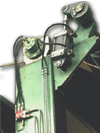 По сектору промышленности
По сектору промышленности- Сельскохозяйственное оборудование
- Энергия
- Цементные заводы и переработка сырья
- Пищевая промышленность
- Станки, Металлообработка и Прессы
- Sawing machines
- Прессы
- Судоходство и предбрежье
- Горнорудная промышленность и строительство
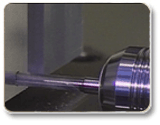 MQL: Обработка с минимальным количеством смазки
MQL: Обработка с минимальным количеством смазки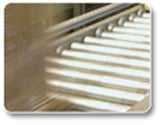 Другие специальные приложения
Другие специальные приложения- Бумажная и деревообрабатывающая промышленность
 Железнодорожные пути
Железнодорожные пути- Сталь и алюминий
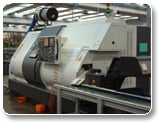 Транспорт - оборудование и инфраструктура
Транспорт - оборудование и инфраструктура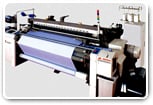 Текстиль
Текстиль
 По типу смазки
По типу смазки
- Примеры применения
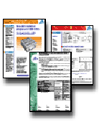 Каталог компонентов
Каталог компонентов Насосы
Насосы Распределители смазки
Распределители смазки Инжекторы и ограничители
Инжекторы и ограничители Коллекторы
Коллекторы Фитинги
Фитинги Жесткие и гибкие трубы и аксессуары
Жесткие и гибкие трубы и аксессуары Контроллеры
Контроллеры Система смазки минимальным количеством (MQL)
Система смазки минимальным количеством (MQL) Системы воздушно-масляной
Системы воздушно-масляной  Системы смазки масляным туманом
Системы смазки масляным туманом Специальные изделия
Специальные изделия Клапаны
Клапаны Распылители и форсунки
Распылители и форсунки Щетки
Щетки Фильтры
Фильтры Резервуары
Резервуары Комплектующие
Комплектующие Смазочные и расходные материалы
Смазочные и расходные материалы Датчики и контрольно-измерительные устройства
Датчики и контрольно-измерительные устройства
- Бланк контакта
- Blog









